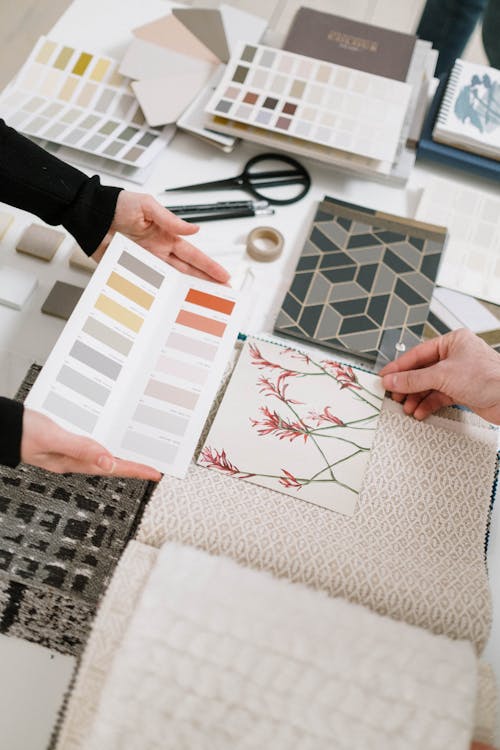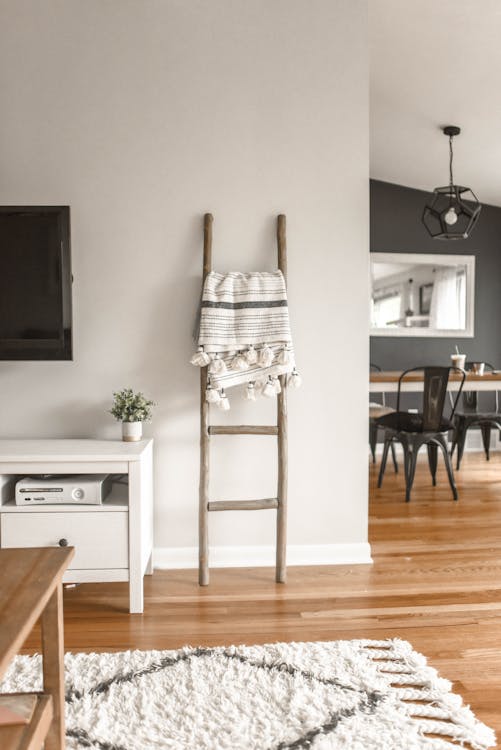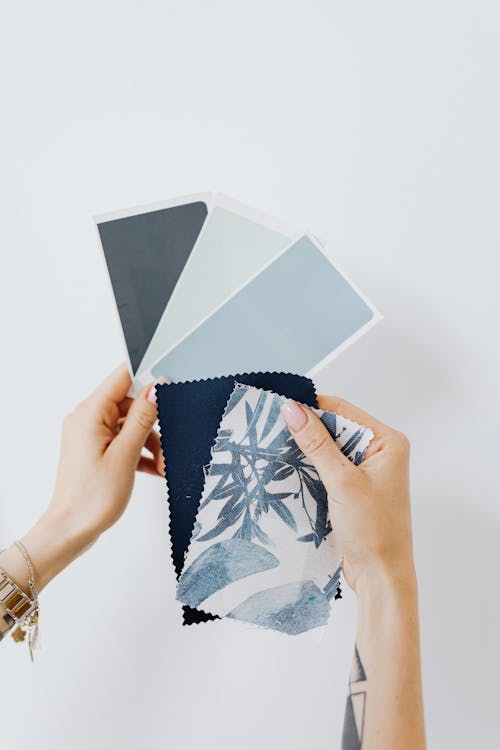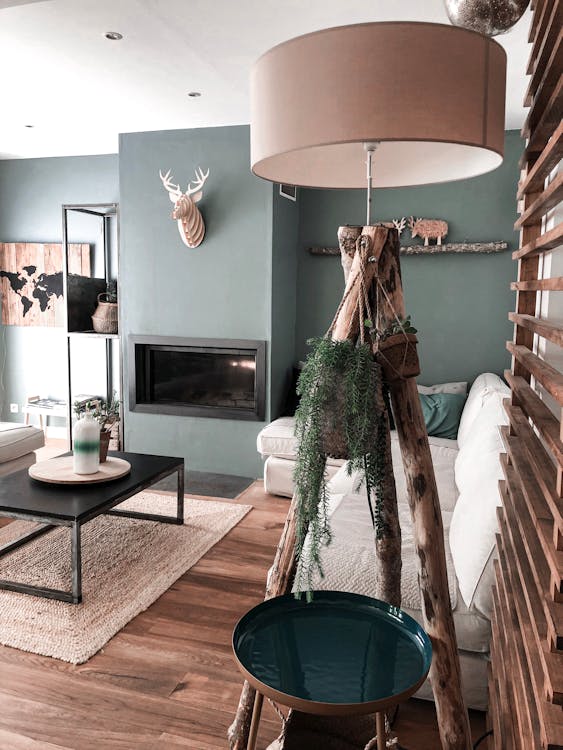
In my previous blogpost, I shared some cool wall painting ideas on how to turn your walls into art. Before you take it up a notch, it is important for you to learn how to pick the right colours, especially when you are working with different rooms. We can easily get carried away with colour selection, but can you imagine your home covered with a green apple in one corner and the other a yellow-brown wall?
Choosing the right colors for your home can have a big impact on how your space feels and functions. Colours can affect our mood and psychology- that's a topic for another day, but which is why we need to make sure that we pick colours that can harmonise our well being. After all, we are the ones who will be looking at them everyday.
Let's dive in to some key steps to help guide you through the process:
1. Consider the Room's Purpose
- Living Room: Typically, you want warm, inviting colors here. Earth tones, light blues, or soft greens can create a relaxing atmosphere.
- Bedroom: This is a restful space, so choose calming colors. Light blues, lavender, or neutral tones are great for promoting rest.
- Kitchen: Brighter, more energetic colors work well in kitchens. Yellow, soft greens, or even bold colors like red (in moderation) can stimulate the appetite.
- Bathroom: Light, refreshing colors, such as whites, soft blues, or pale greens, create a clean, serene feel.
2. Understand Color Psychology
- Warm Colors (reds, oranges, yellows): These colors evoke warmth, energy, and excitement. They work well in social areas but may be overwhelming in bedrooms.
- Cool Colors (blues, greens, purples): These evoke calm and relaxation, making them ideal for bedrooms and bathrooms.
- Neutral Colors (whites, grays, beiges): These are versatile and can act as a base to highlight other colors or decor elements. They also help small spaces feel larger.
3. Think About Lighting
- Natural Light: Rooms with plenty of natural light can handle darker, more saturated colors, while rooms with limited natural light benefit from lighter tones to reflect more light.
- Artificial Light: Warm lighting can make colors appear cozier, while cool lighting may make them seem crisper.
4. Coordinate with Existing Elements
- Consider the color of fixed elements like flooring, cabinetry, and countertops. These will limit your options and help guide you towards colors that complement them.
- Also think about your furniture and decor pieces, such as artwork or textiles. Harmonizing wall colors with these items can create a cohesive look.
5. Use the 60-30-10 Rule
This is a timeless interior design principle:
- 60%: Main color (typically walls) – this should be a neutral or soft color.
- 30%: Secondary color (furniture, textiles) – this adds contrast.
- 10%: Accent color (decor items, pillows) – this adds boldness and personality.
6. Test Paint Samples
Always test paint samples on your walls and observe how they change throughout the day under different lighting conditions. This will help you avoid surprises once the entire room is painted.
7. Consider Flow Between Rooms
If your home has an open floor plan or adjacent rooms, make sure that the colors flow smoothly between spaces to avoid jarring transitions. You don’t have to use the same color, but they should complement one another.
8. Follow Trends with Caution
While it can be tempting to follow color trends, remember that trendy colors may not have lasting appeal. Stick with classic shades for larger spaces and use trends in smaller, changeable areas like accessories or accent walls.
9. Balance Bold and Neutral
If you love bold colors but are hesitant to use them in large areas, try incorporating them through accent walls, furniture, or decorative elements. Use neutral tones in the main areas to provide balance.
When it comes to interior planning, a thorough research on colour picking for your home space is definitely the most important part of the process. With the help of Pinterest, you will be able to look at some ideas and inspiration and create a moodboard for each room just like what I did here for Wall Art Ideas. Remember, the key is to have fun!










No comments
Post a Comment
Tell us what you think